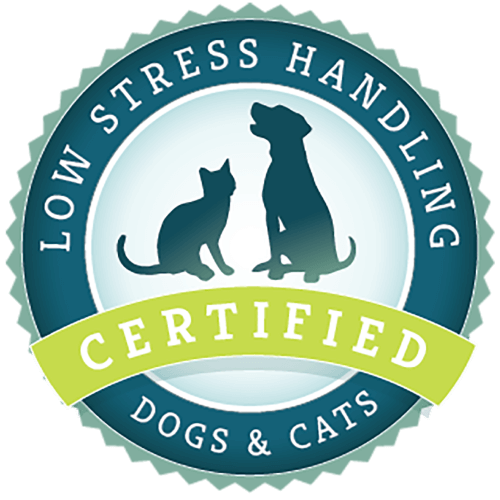What article are you looking for?
Category: Veterinary Professional
Low Calorie Training Treats
Q: My vet told me my dog needs to lose weight so now I can’t use treats for training. What do I do?
What Is Cooperative Care in Veterinary Medicine?
Animal behavior is a crucial aspect of veterinary care. Whether your pet has pain or just “ain’t doing right,” the pet’s behavior, body language, and overall demeanor is part of obtaining a thorough and precise physical examination. Without this type of examination, symptoms and diagnoses may be missed that could make or break the treatment plans. Without the ability to communicate, the pet may panic causing increased fear, stress, aggression, and anxiety that is associated with handling and restraint. When the veterinary staff is unable to successfully examine or handle a patient, it becomes a quality-of-life concern as the veterinary
Nail Trims for Adult Cats
Many cat owners never learned to trim their kitten’s nails and struggle with nail trims for their adult cat. To prevent scratches to people and furniture, as well as to decrease the potential of too long nails causing pain, difficulty walking, and other medical issues your cat’s nails will need to be trimmed from time to time. To make trimming your cat’s nails easy for you and acceptable for your cat will take time, patience, and rewards. There are several low stress handling methods that can be used to make it easier for you to trim nails, such as a
Nail Trims in Kittens
Technique for Kittens If you have a kitten, your work starts now! Between three and nine weeks, kittens are at an important age for socialization. Now is the time to expose your kitten to other people, animals, and situations such as nail trims. Treats are the best rewards to use with your kitten. This will help them associate nail trims with a positive experience. Kitten on back Photo Courtesy of CattleDog Publishing First, figure out what position your kitten prefers. Choose a position that will keep your kitten at ease and that will allow you to
Behavior and the Senior Dog
Introduction Dogs are living longer these days than ever before due to advanced veterinary care and better nutrition. However, as they get older, age-related diseases such as arthritis, dental disease, diabetes, Cushing’s disease, thyroid disease, cancer, and decreases in vision and hearing can all result in subtle or more obvious behavioral changes in dogs. These changes can include decreased activity, loss of appetite, and even aggression. What about Canine Cognitive Dysfunction Syndrome (CCDS)? Similar to Alzheimer’s disease in humans, another disease to consider in older dogs is canine cognitive dysfunction syndrome (CCDS). This disease affects the brain, causing behavioral changes
Training Your Cat to Use the Carrier
Cats learn by association, so the sudden appearance of the carrier tends to signal that something scary is happening. Training cats to love their carriers is beneficial for many reasons. The key is to build and maintain a positive association with the carrier to make your cat’s visit to the veterinarian as low stress as possible.

Low Stress Handling® Silver-Level Certification
Individual Certification at this level demonstrates to clients and employers the individual’s dedicated interest in Low Stress Handling®. Hospital Certification at this level demonstrates to clients and staff the hospital’s commitment to appropriately training staff in Low Stress Handling® methods.
Learn More
